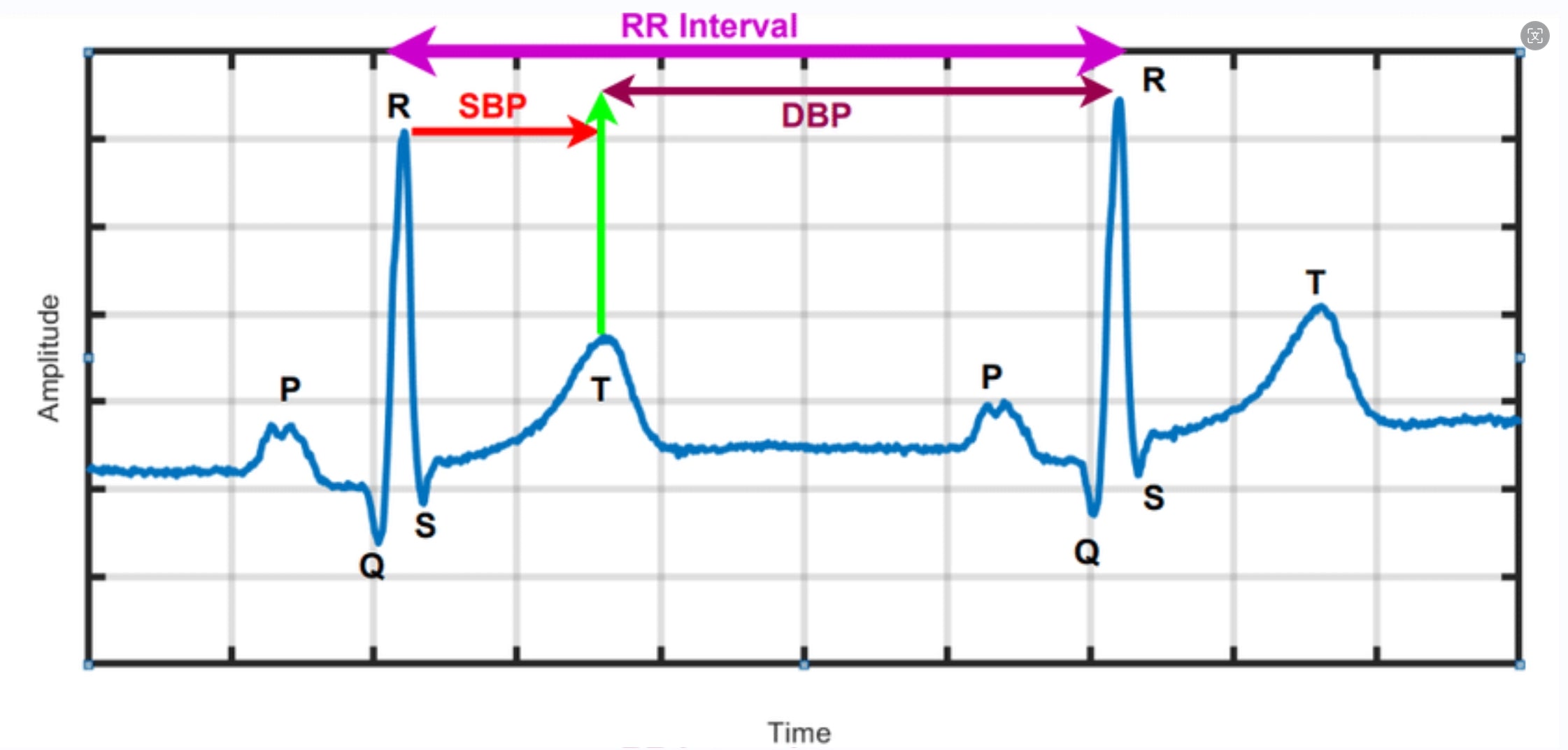How Are Electrocardiogram (ECG) and Blood Pressure (BP) Related?

Understanding the relationship between electrocardiogram (ECG) and blood pressure (BP) is crucial for assessing cardiovascular health. This article explores how ECG and blood pressure are interconnected and how monitoring both can help maintain heart health. Additionally, it introduces PulseNexa's ECG/EKG Wristwatch as a portable monitoring tool for ECG and blood pressure.
What is Electrocardiogram (ECG)?
- ECG measures the electrical activity of the heart.
- It records the heart's rhythm and detects abnormalities.

- Blood pressure measures the force of blood against artery walls.
- It consists of systolic and diastolic pressures.

- Heart Rate and Rhythm: ECG shows heart rate and rhythm, which can affect blood pressure.
- ECG Changes with High Blood Pressure: High blood pressure can cause ECG changes, indicating heart strain.
- Diagnostic Value: ECG can provide diagnostic insights into heart conditions related to high blood pressure.
Importance of Monitoring ECG and Blood Pressure:
- Regular monitoring helps detect and manage cardiovascular issues.
- Monitoring during activities provides valuable data for healthcare professionals.
PulseNexa's ECG/EKG Wristwatch:
- Portable Monitoring: PulseNexa's ECG/EKG Wristwatch offers convenient monitoring of ECG and blood pressure.
- Accuracy and Reliability: The device provides accurate ECG and blood pressure readings, aiding in early detection of abnormalities.
- User-Friendly: The wristwatch is easy to use and provides real-time data, empowering individuals to take control of their heart health.

Understanding the relationship between ECG and blood pressure is essential for maintaining cardiovascular health. Regular monitoring of both can help detect abnormalities early and prevent cardiovascular diseases. PulseNexa's ECG/EKG Wristwatch offers a portable and reliable solution for monitoring ECG and blood pressure, empowering individuals to prioritize their heart health.
